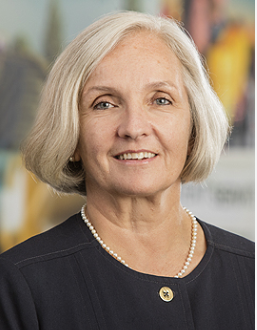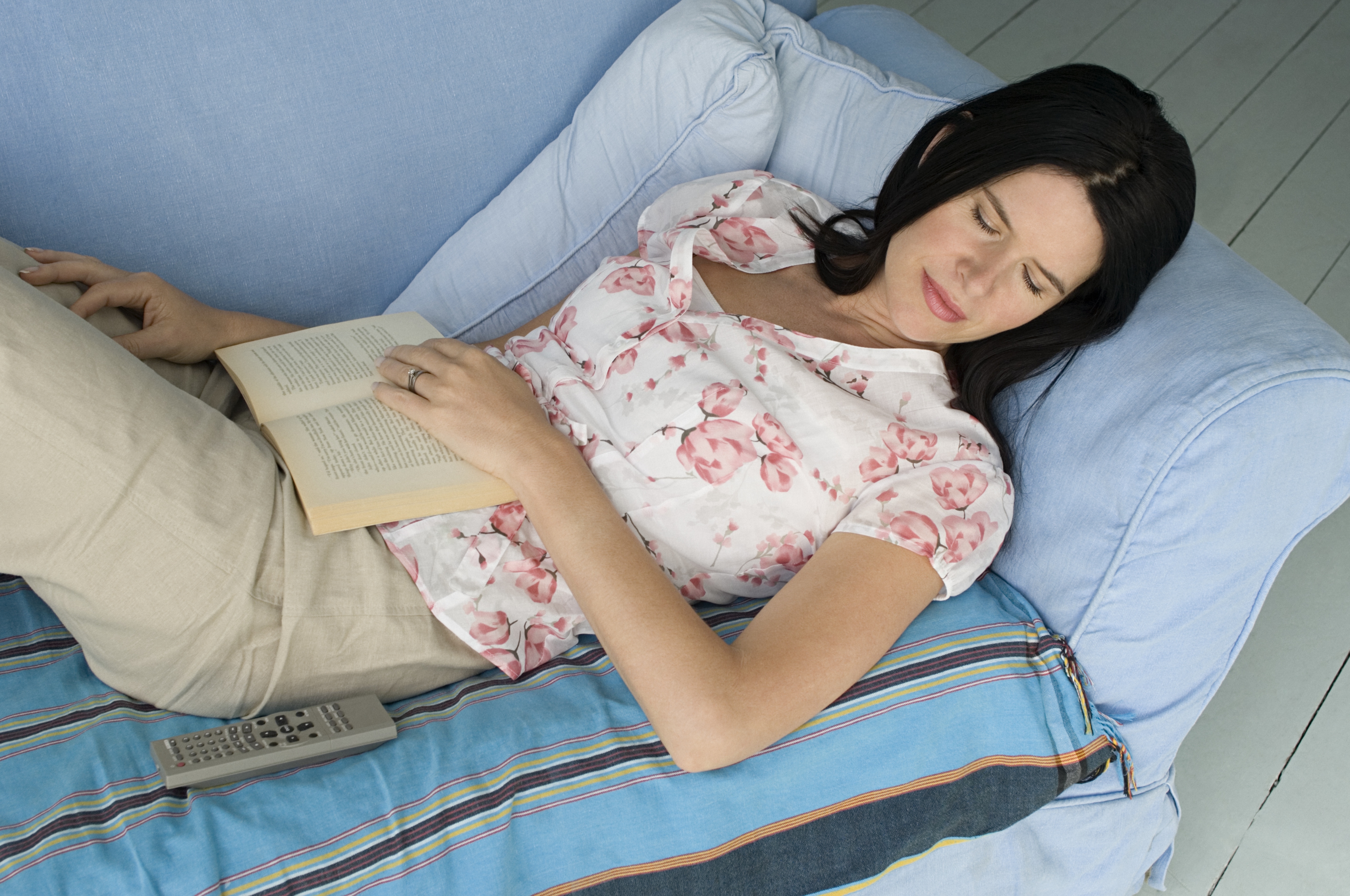The ways we need to conduct our lives in the midst of this global COVID-19 pandemic is changing daily as more states are ordering us to hunker down, schools and businesses are shutting down or moving to virtual settings. We continue to hear every day from patients, caregivers and volunteers about how they should navigate their treatment and care in this confusing time.
 You asked and we’re responding. To pick up from the previous posts, here, here, and here, I’m tackling some more questions for you today. And remember, we’re here for you!
You asked and we’re responding. To pick up from the previous posts, here, here, and here, I’m tackling some more questions for you today. And remember, we’re here for you!
What is the difference between self-quarantine and social distancing, and shelter in place? What kinds of activities are permitted for each of these?
Self-Quarantine: People who might have been exposed to the new coronavirus COVID-19 should practice self-quarantine by isolating themselves from other people. They are urged by health care experts to remain in self-quarantine for 14 days to make sure they are not sick. You should stay home and stay at least six feet away from others in your household and do not enter any public areas where you risk exposing other people. Be certain your doctor is aware of your exposure and your need to self-quarantine. To protect family members, you should avoid physical contact, wear a mask, and clean all surfaces you come in contact with. The virus is spread by droplets, (saliva, nasal secretions, sneezing) and can remain on hands and surfaces leading to exposure of others. If you’re self-quarantined in a building with common spaces, stay out of those areas. Your doctor will advise you of the length of time you should self-quarantine.
Social distancing: This applies to people who have not knowingly been exposed to somebody with the virus, but in an effort to prevent the virus from spreading, are deliberately avoiding crowds, keeping at least six feet of distance from others and generally remaining away from others by working from home, closing schools and conducting classes virtually, and restricting businesses to only what is considered essential. Conferences, sports events and concerts have all been canceled.
While practicing social distancing you can still go outside to take a walk, work in your garden or enjoy the fresh air on your back porch, but avoid crowded areas. If you live in an apartment, you should be conscious that all surfaces touched by the hands of others (elevator buttons, door handles, and communal washing machines) may possibly have been touched by someone with the virus. You can wear gloves, touch with something that you can throw out afterwards (such as a paper towel), and ALWAYS wash your hands thoroughly when coming back inside.
Shelter in Place: This requires you to stay in your home unless running out for essential items. You should especially follow the information above for avoiding communal surfaces, and if you cannot remain more than six feet from another person (e.g. grocery store check-out) consider wearing a mask. This is primarily to protect others if you are asymptomatic but have the virus.
Everyone should be VERY conscious about avoiding touching their eyes, nose or mouth with their hands if they have touched a communal surface.

I am a patient who still has to go to work, what should I do?
Blood cancer patients and survivors are not at greater risk of catching COVID-19. Right now, everyone is at risk but your diagnosis might put you at a greater risk of getting sicker if you do get the virus. You should be particularly vigilant about precautions such as hand washing and avoiding crowds, and touching surfaces others touch. We know that patients who are immunosuppressed, particularly those whose ability to fight viruses is impaired, may get sicker if they contract COVID-19. If the nature of your job makes social distancing difficult and working from home is not an option for you, you should discuss alternatives with your employer, such as working in areas of the facility where you are not physically interacting with potentially infected individuals. Remember, asymptomatic people may still spread the virus. It is particularly important that you practice social distancing. You should be diligently following the CDC guidelines: being strict about cleaning surfaces that are jointly touched, not touching your face and strict hand washing.
As a caregiver, what precautions do I need to take when caring for my loved one who is in treatment or is a survivor of a blood cancer?
You should take the same precautions as we would advise for a patient: diligently wash your hands with soap and water for 20 seconds and limit your exposure to potentially infected individuals by practicing social distancing.
Should I be concerned about drug shortages?
To date, drug shortages are not presently a concern for blood cancer patients but this could change. We continue to monitor the situation and will provide updates if we learn of any.
If I need to get treatment with blood products (red blood cells, stem cell rescue, and platelets) should I be concerned about possible contamination?
In healthcare settings all across the United States, donated blood is a lifesaving, essential part of caring for patients. The need for donated blood is constant, and blood centers are open and in urgent need of donations. The CDC encourages people who are well to continue to donate blood if they are able, even if they are practicing social distancing because of COVID-19. CDC is supporting blood centers by providing recommendations that will keep donors and staff safe. Examples of these recommendations include spacing donor chairs six feet apart, thoroughly adhering to environmental cleaning practices, and encouraging donors to make donation appointments ahead of time. At the current time the blood supply is felt to be safe. We will continue to monitor the situation. You should discuss the potential risks with your doctor.

After testing positive for coronavirus how long do I have to remain in isolation?
First, you should discuss this with your doctor and care team, as each case might be different. According to guidance from the CDC, the general guidance is you should remain in isolation for three days once your fever is gone (without taking a fever reducer), and seven days without symptoms.
I’m getting a stem cell transplant or bone marrow transplant but my donor lives overseas – now that there are travel bans everywhere what do I do?
Your care team should work directly with National Marrow Donor Program (NMDP). Harvesting the cells in the country where the donor lives, rather than having them try to travel during this time of travel restrictions, and shipping them would be the safest solution. We have spoken with NMDP and learned that they have been able to facilitate a waiver to allow expedited entry into the U.S. for couriers bringing NMDP-authorized products. NMDP continues to pursue solutions as circumstances evolve.
How long am I considered immunocompromised after I’ve completed treatment?
You should discuss this with your doctor and care team as each individual case is different. We really don’t know the extent of a patient’s immunosuppression post treatment, so you should be taking all precautions, including practicing social distancing and avoiding crowds, diligent hand washing, and keeping surfaces clean.
How do I manage disruptions in my treatment and care due to doctors working limited hours or being more difficult to contact? Can I still go to my clinic for regularly scheduled infusions?
You need to discuss the risks and benefits with your doctor and care team, and discuss what your care regimen is going to look like for the next few months, and what adjustments can safety be made without jeopardizing your treatment and health. For non-critical appointments more doctors are using telehealth options.
Can you discuss risks and benefits of wearing masks, gloves and respirators?
N95 respirators and surgical masks (face masks) are examples of personal protective equipment that are used to protect the wearer from airborne particles and from liquid contaminating the face.
The CDC does not recommend the routine use of surgical respirators by regular members of the public. These surgical masks and N95 respirators are in short supply and should be reserved for healthcare workers or other medical first responders. The use of facemasks is crucial for health workers and other people who are taking care of someone infected with COVID-19 in close settings (at home or in a health care facility).
Until recently, the CDC was not recommending use of facemasks for people who are not sick as protection against respiratory illnesses, including COVID-19. However, as of Friday, April 3, the CDC revised its guidance as there is thought that people wearing masks outside may decrease the risk that non-symptomatic but potentially infectious individuals will spread the virus.
The CDC is now recommending that all members of the public should wear a cloth face covering in public settings, particularly where social distancing is more difficult to maintain, such as while grocery shopping and going to the pharmacy. CDC now recommends all members of the public wear these cloth face coverings, which can be fashioned from household items such as bandanas or t-shirts.
A facemask or cloth covering should be used by people who have COVID-19 and are showing symptoms to protect others from the risk of getting infected.
Even with a face mask, everyone must continue to follow preventive actions including social distancing (maintaining at least six feet of distance from others in public), avoiding people who are sick, diligent hand washing, avoiding touching your eyes or nose, and covering your cough or sneeze with a tissue, and cleaning and disinfecting commonly touched surfaces. People who are sick should stay home and not go into crowded public places or visit people in hospitals. Workers who are sick should follow CDC guidelines and stay home when they are sick.
Face coverings are not intended to protect the wearer, but may prevent the spread of the virus to others. Read more about the CDC guidance on face coverings here.
What treatments are currently available to treat COVID-19 and is a vaccine currently available to treat the disease? Will vitamin C offer a me protection again COVID-19?
To date, there is no specific medicine recommended to prevent or treat COVID-19.However, those infected with the virus should receive appropriate care to relieve and treat symptoms, and those with severe illness should receive optimized supportive care. Some specific treatment, such as antiviral medicines and vaccines, are under investigation, and will be tested through clinical trials.
If I had a different type of Coronavirus, is this a protective factor and will it offer me immunity against novel coronavirus?
There is still much we need to learn about this novel coronavirus and whether getting the infection or a related infection offers immunity from future infections.
Can my pet get or transmit COVID-19:
To date, CDC has not received any reports of pets or other animals becoming sick with COVID-19 in the United States.
Pets have other types of coronaviruses that can make them sick, like canine and feline coronaviruses. These other coronaviruses cannot infect people and are not related to the current COVID-19 outbreak.
However, since animals can spread other diseases to people, it’s always a good idea to practice healthy habits around pets and other animals, such as washing your hands and maintaining good hygiene. You should avoid others touching your pet if you take the animal outside. For more information on the many benefits of pet ownership, as well as staying safe and healthy around animals including pets,
livestock, and wildlife, visit CDC’s Healthy Pets, Healthy People website.
It is not recommended that animals be tested at this time.
Is it possible to test negative and later test positive?
A negative test result means that the virus that causes COVID-19 was not found in the person’s sample. In the early stages of infection, it is possible the virus will not be detected. If you have been exposed, you should still self-quarantine.
For COVID-19, a negative test result for a sample collected while a person has symptoms likely means that a different type of infection is the cause their current illness.
We're here for you
As always our information specialists are here to help, call 800-955-4572.
Continue to visit lls.org, this blog and our social media platforms for the latest information – topics to come are managing with children while social distancing, mental wellbeing, and finances. Follow us at Twitter, Facebook, Instagram and LinkedIn.
If you’ve have other questions you’d like Dr. Gwen Nichols and our Information Specialists to answer please email us at missioncommunications@lls.org.
